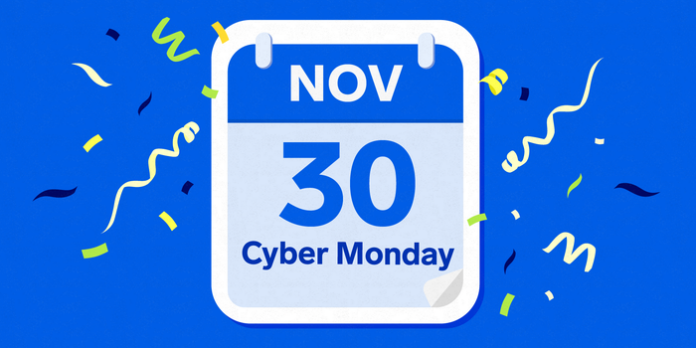By Seth Gellman
Source: Alyssa Powell/Business Insider
As one of the most important days for shoppers and companies alike, Cyber Monday has generated millions annually in recent years. Some of the best sales are released, and consumers often jump on the purchase.
According to Adobe Analytics, consumers spent $10.8 billion online. In between 8 p.m. and 9 p.m. PT alone, purchases totaled $12 million per minute. That adds up to $720 million over that hour. 37% of sales came from smartphones, as consumers move toward mobile devices to make online purchases.
Some of the biggest discounts were on sporting goods, computers, appliances, and toys. Going into December, retail and shopping expert Trae Bodge predicts that upcoming discounts will be toys and holiday themed items. Although many discounts are set to continue, experts recommend that shoppers order before Dec. 11, as that is when shipping and delivery costs are likely going to increase.
Amazon said that independent businesses selling on Amazon passed $4.8 billion in sales worldwide from Black Friday to Cyber Monday. That is up 60% from last year. According to Adobe Analytics, spending online rose 22% year over year to a record $9 billion.
These record breaking sales aren’t limited to Cyber Monday, however. Sales for Thanksgiving day, Black Friday, and Small Business Saturday hit $5.1 billion, $9 billion, and $4.7 billion respectively.
In addition to big retailers, small businesses also benefited from Cyber Monday. Small businesses saw a 501% increase in sales while big retailers saw a 486% rise, according to Adobe Analytics.
In addition to a rise in sales, more consumers appear to be consciously buying and supporting small businesses. According to a survey by Union Bank, seven in ten consumers said that they would rather support small businesses than get the most favorable deal.
Harley Finkelstein, president of e-commerce platform Spotify, told NBC News that “Consumers will not be driven solely by deals anymore, they’re going to be driven by movement.” Social media and popular movements are playing a larger part in what consumers purchase than ever before, and that is contributing to where they are willing to spend their money.
Sales for Cyber Monday skyrocketed this year, and a lot of purchases are coming from online rather than traditional brick and mortar businesses. While spending more on gifts and taking advantage of sales, consumers are also thinking more consciously about what they’re buying, a trend that may continue into the future.

